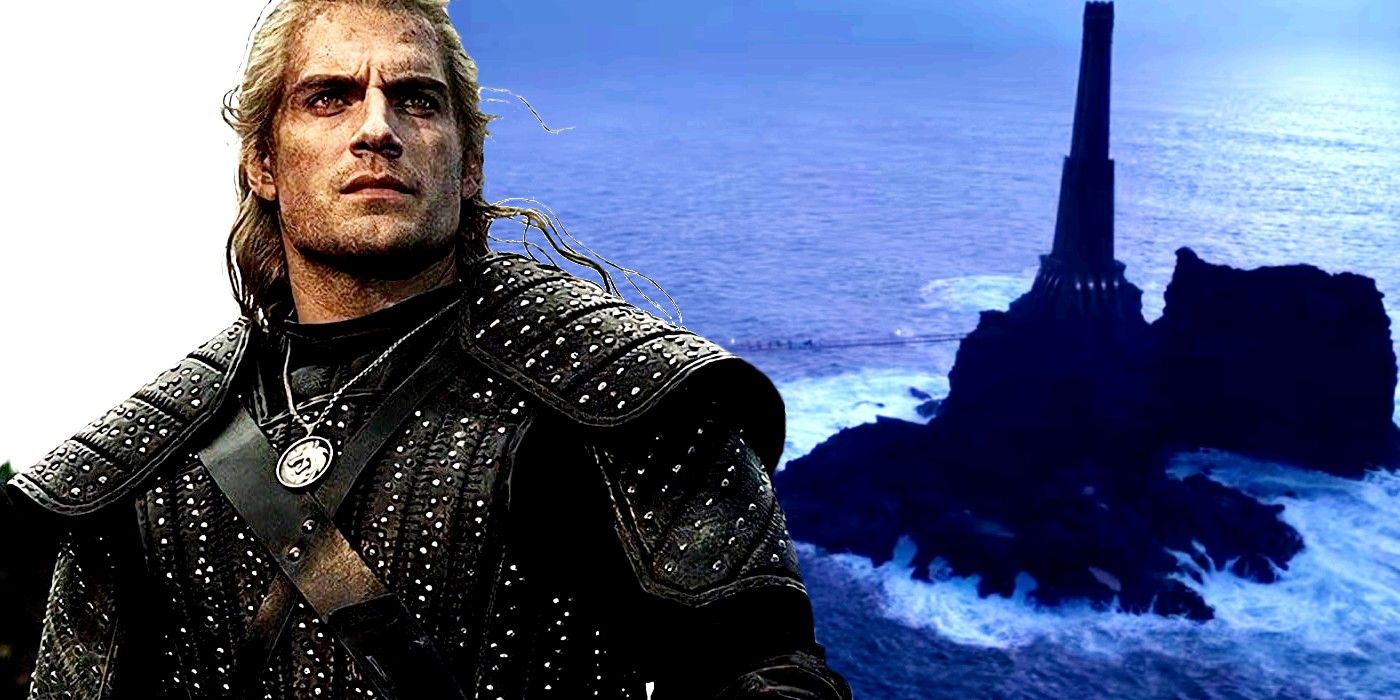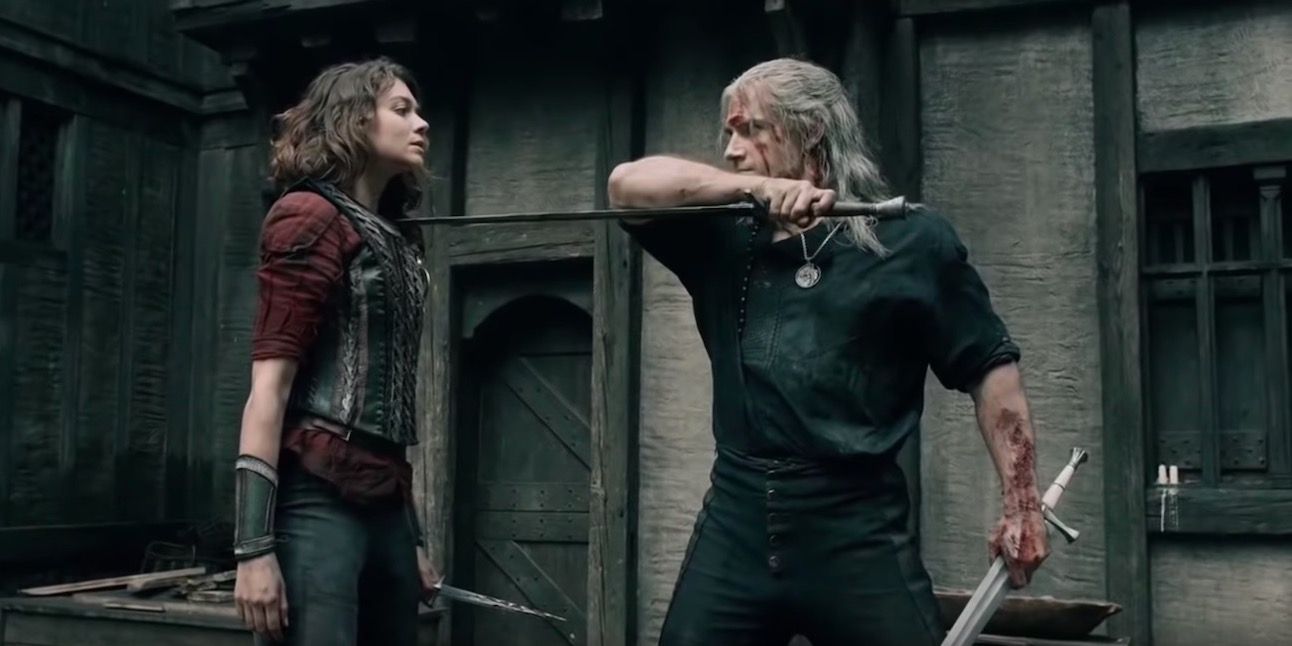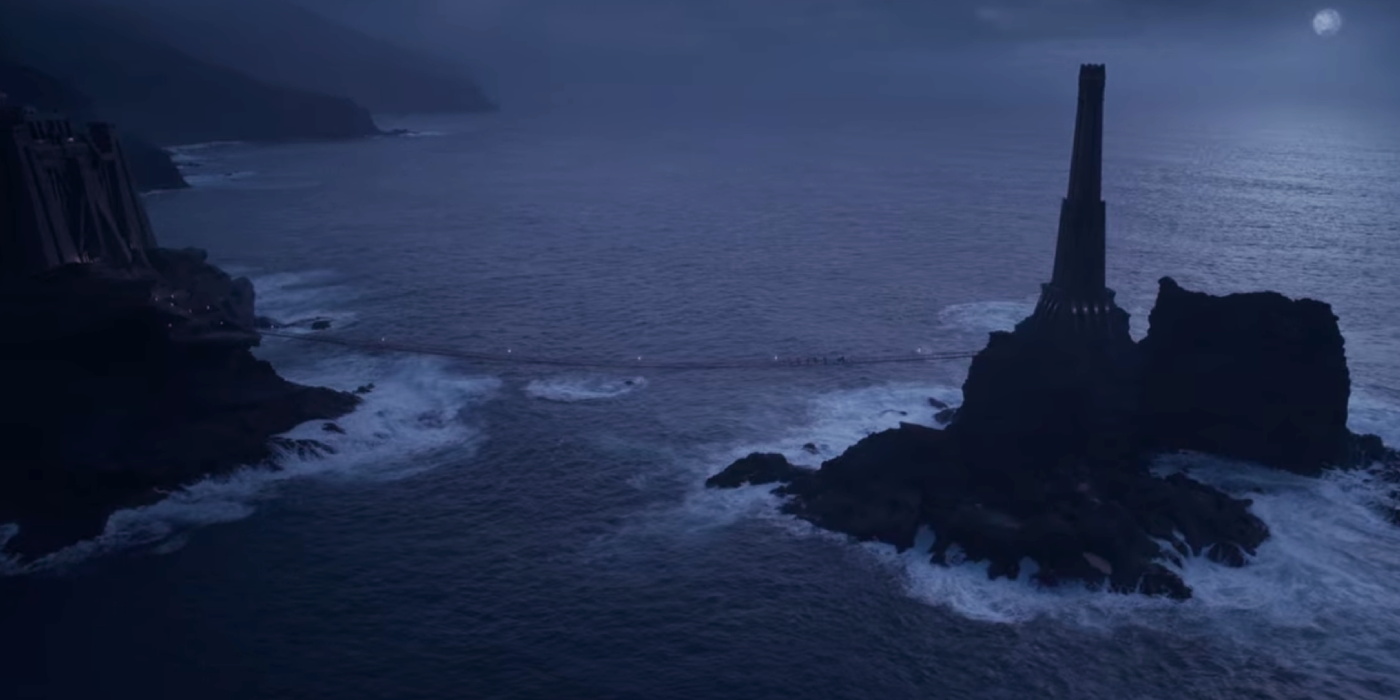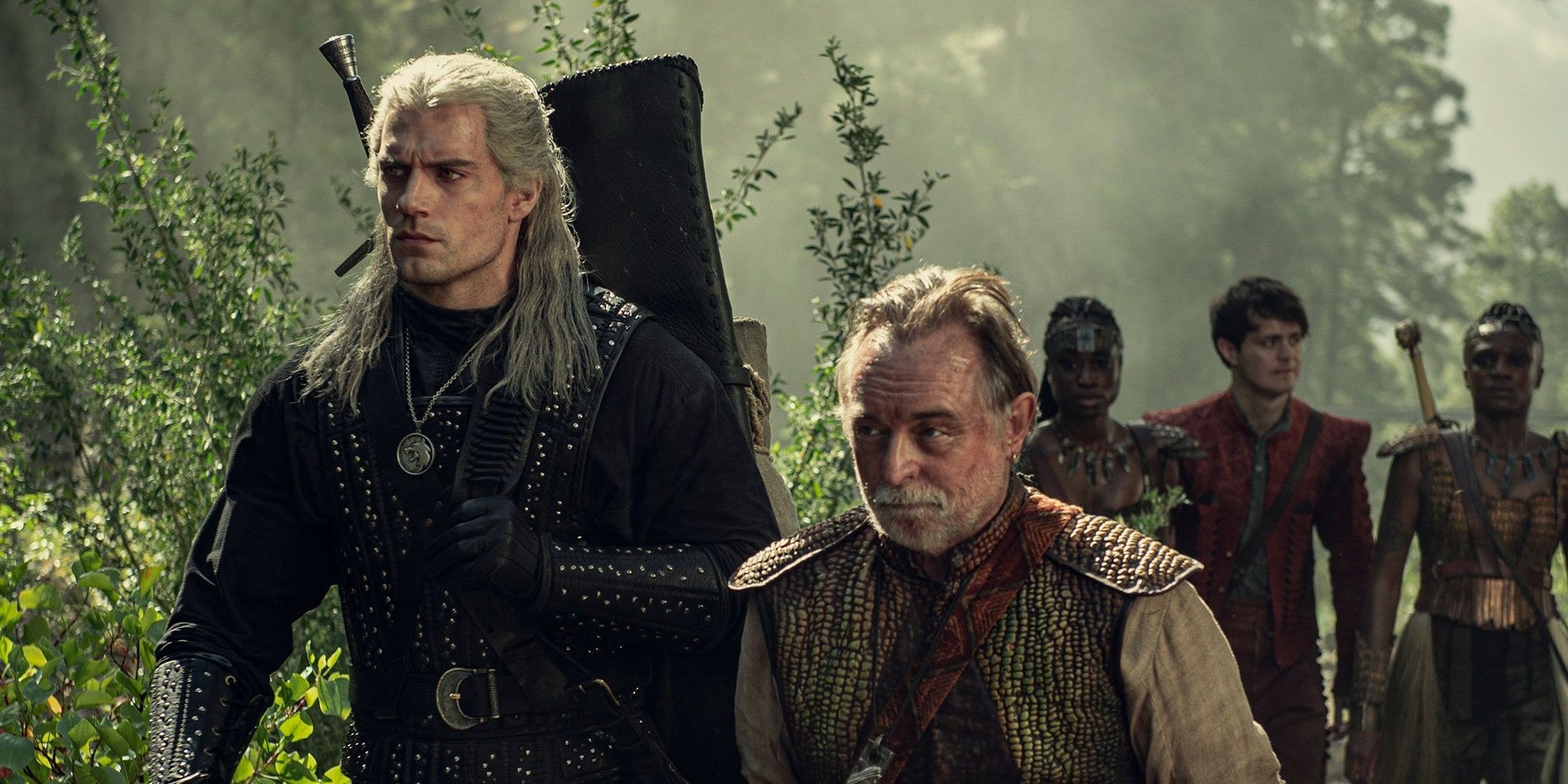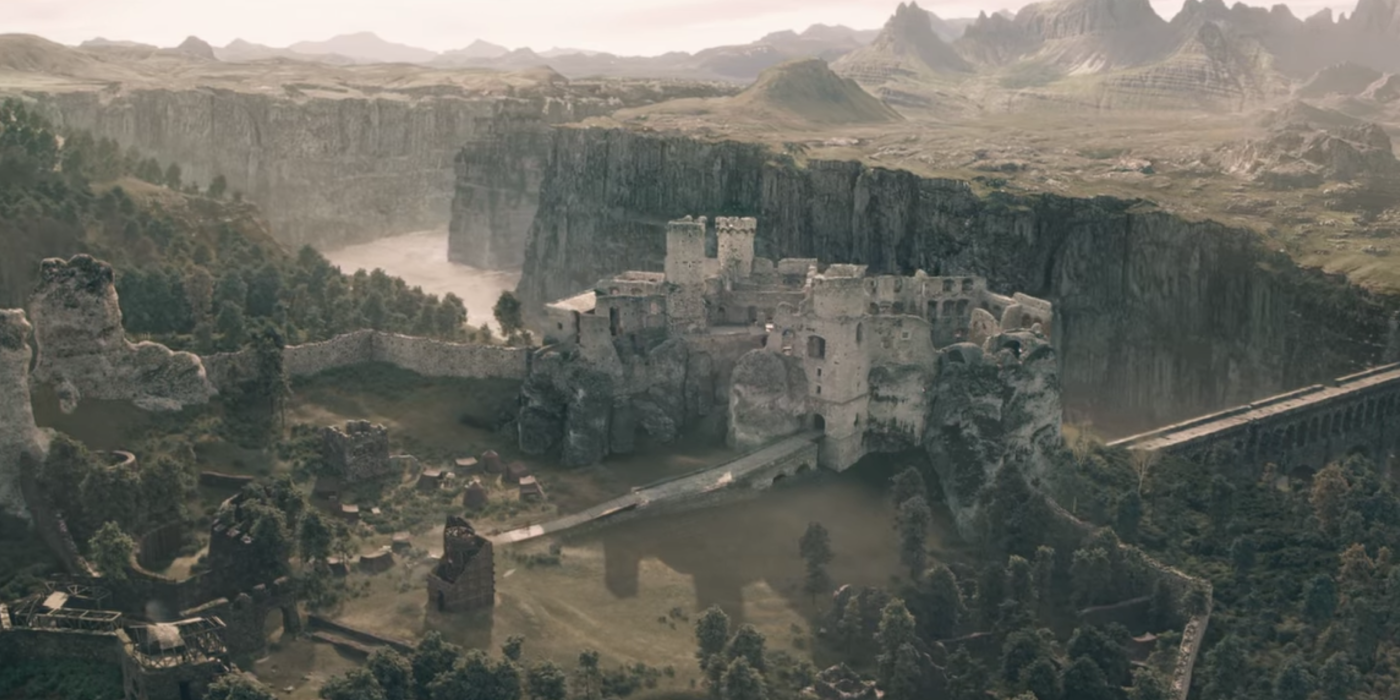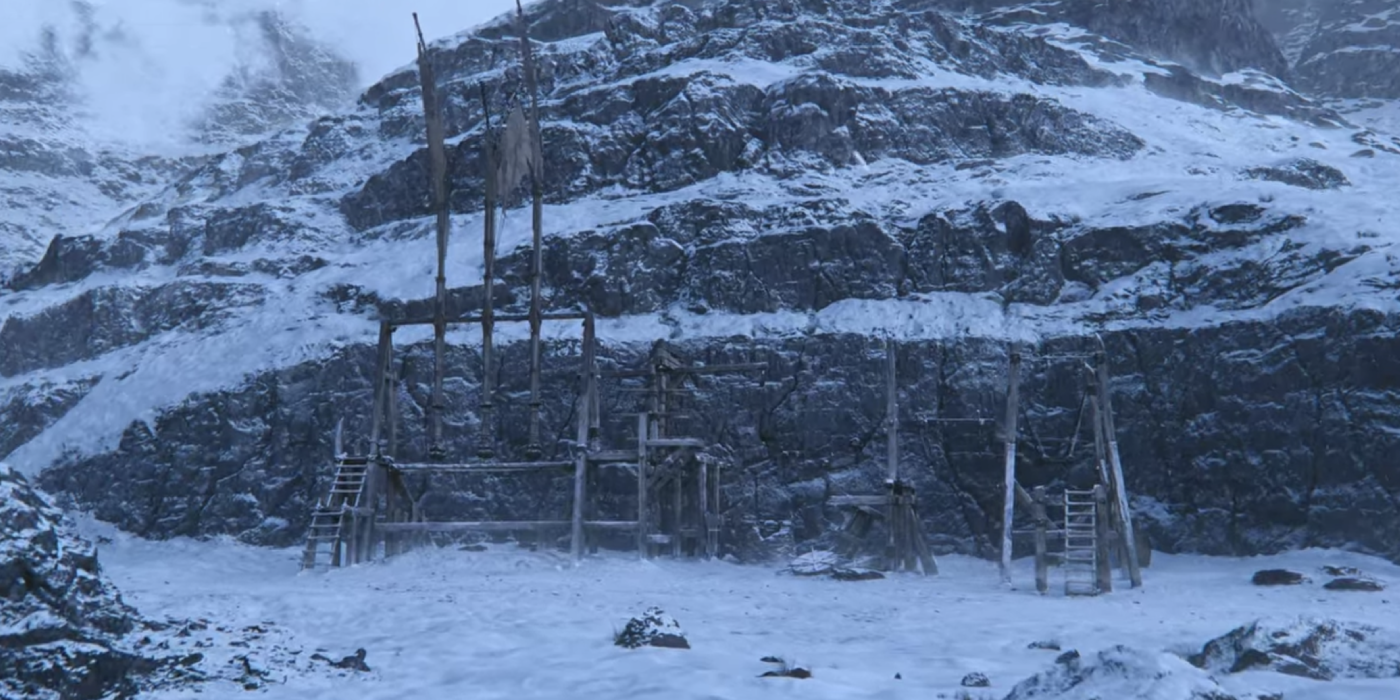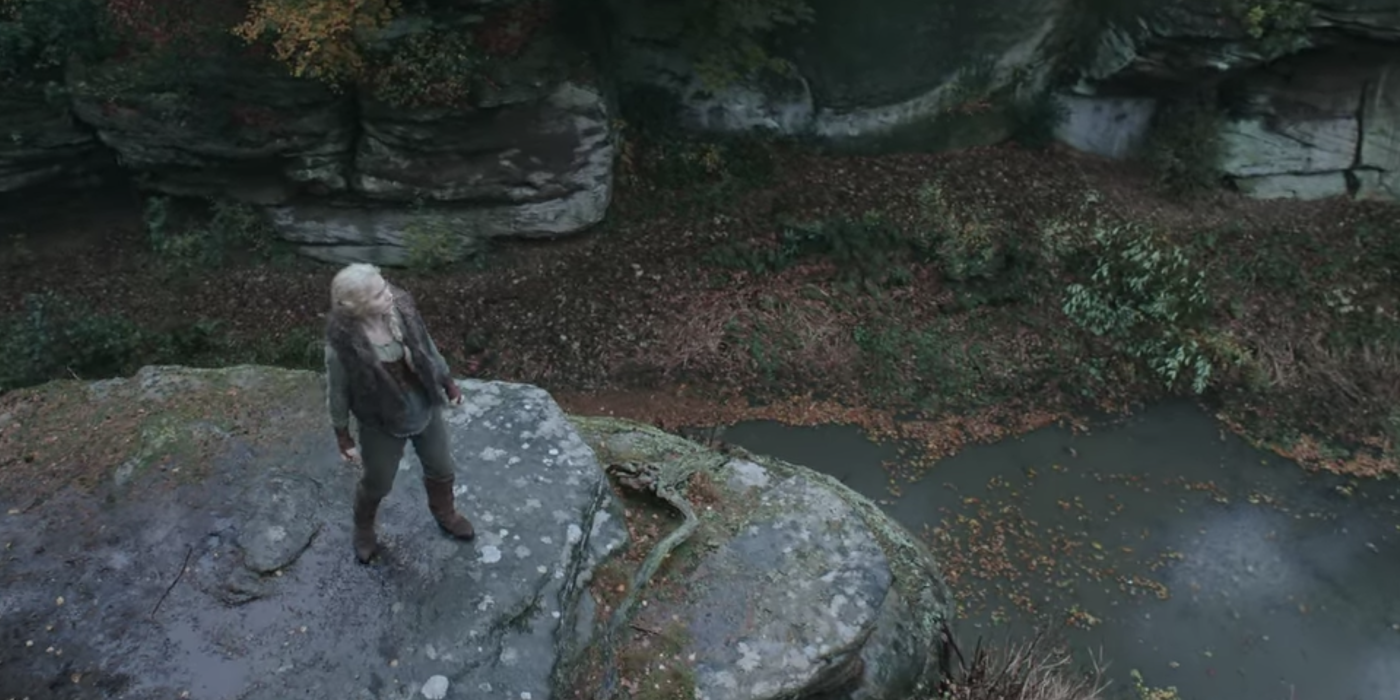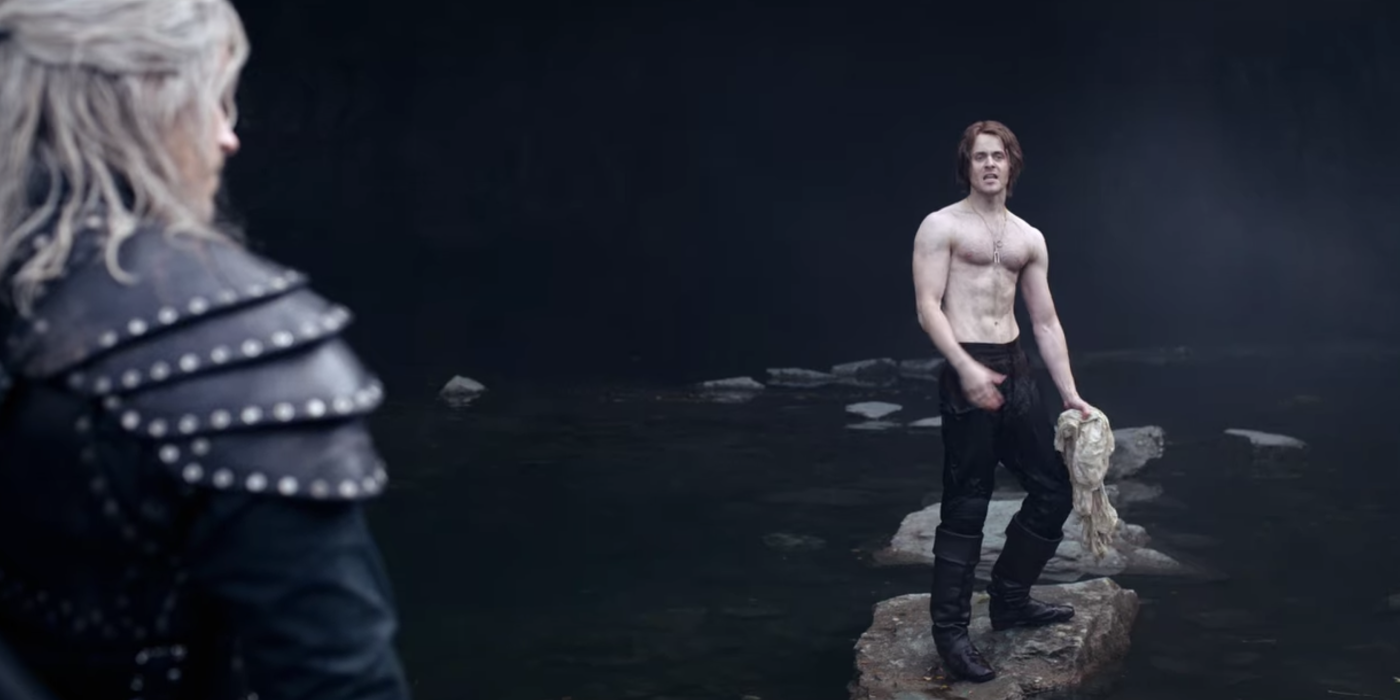Netflix’s big-budget fantasy series The Witcher was shot in countries all over Europe, where the team could show off some of the most impressive views of the European continent. Man of Steel's Henry Cavill stars as Geralt of Rivia, the warrior and the long-time protagonist of the books, video games, and the streaming series that together make up the enormous Witcher franchise. Witches, sorcerers, fighters on horseback, and the most brutal action sequences make up a fantasy universe that has made The Witcher one of the most successful streaming TV shows of all time, and an impressively-huge moneymaker for the streaming giant Netflix.
One of the defining features of the series in its two seasons has been its penchant for vibrant, diverse practical locations to ground the series' more magical elements in a dark, gritty atmosphere of hardship and adventure. The Witcher’s production team faced a big hurdle when it came time to film season 2. The COVID-19 pandemic forced much of the world’s film and TV production inside, making it virtually impossible for The Witcher to travel freely across Europe for filming, at least not with the liberty the team enjoyed while filming season 1.
For The Witcher season 2, producers had to improvise and be clever. That meant devoting more resources to set design professionals, as well as taking advantage of the latest visual effects technologies available to simulate outdoor locations realistically. In many ways, the change helped season 2. Lead actor Henry Cavill has said in more than one interview that after the first season set a new bar for action in a TV series, he was eager for The Witcher season 2 to be a little quieter and more meditative than what had come before. Season 2 successfully fulfilled Cavill’s ambition, but the show still brought plenty of action to the screen. The creative geniuses behind the series even still got to travel a little bit, even if on-location shoots were restricted to within the United Kingdom. Here are the major locations used to film Netflix’s The Witcher seasons 1 and 2.
Mafan Film Studios
Geralt earns the nickname “The Butcher of Blaviken” in the very first episode of The Witcher, after a brutal fight. Blaviken, the namesake town where the brilliantly-choreographed butchery occurs is, in real life, a soundstage at the Mafan Film Studio. Mafan is located in the heart of Budapest, the capital of Hungary. The soundstage was transfigured by The Witcher’s brilliant art department crew to become unrecognizable as the village where the story of The Witcher first begins. The giant studio space was even used by set designers to build the area outside of the house of Stregobor the Wizard.
The Canary Islands
If there’s a beautiful vista on-screen in the first season of The Witcher, odds are good that it was shot somewhere in the Canary Islands. The gorgeous archipelago off the southern coast of Spain is blessed with a variety of terrains so diverse, they can substitute a location for most warm-climate terrains found on earth. For The Witcher, the Canary Islands’ deserts became the seas of sand traveled by Geralt, its jungles became the Dryads’ Brokilon Forest, as well as many other breathtaking beaches seen throughout the first season.
Hungary
In addition to filming at Mafan Film Studio, Hungary lent some real-life locations to the Netflix production as well. Yennefer’s village is actually the Szentendre Skanzen Village Museum, an outdoor museum full of old Hungarian architecture that perfectly fits the ancient-fantasy aesthetics of The Witcher. Other ancient landmarks across Hungary served as a range of interiors and exteriors, including Aretuza’s Hall and the Northern Mage’s conclave. The burnt-auburn hills of the Geological Park of Bauxite Mining, located in the Hungarian city of Gánt, appear briefly. It was used in The Witcher season 1, episode 7: ‘Before a Fall’. The mine was converted into a dig site for archeologists in Nazair, a region still under pressure after being conquered by Nilfgaard. The dig site is visited for a short while by Yennefer.
Poland
The Witcher’s first season concluded with a show-stopping war sequence called the Battle of Sodden in the finale episode “Much More”. The scene needed a location that felt lived in and tangible to match the brutal, up-close combat. The location scouts on the production team chose the ruins of a castle in the Polish city of Ogrodziniec.
Arborfield Film Studios, United Kingdom
Since the beginning of the COVID-19 pandemic, film and TV productions all over the world have had to adjust their shooting strategies, and The Witcher is no exception. Production on the second season took place entirely within the United Kingdom, and Arborfield Film Studios became the main headquarters for shooting. The stages are housed inside of a barracks used by the British Army over 100 years ago. From here, The Witcher’s production team was able to build extravagant interiors which appeared throughout the second season. Arborfield’s backlot was turned into a variety of villages, most notably Geralt’s old home, Kaer Mohern, which included the full-scale obstacle course seen in S2 E3: ‘What is Lost’.
Coldharbour Wood/Bourne Wood, United Kingdom
Production on The Witcher Season 2 still managed to shoot on key locations when necessary. Coldharbour Wood, a forest in the English city of Chinchester, had been transformed into an entire village of elves after the art department was done with it. A brief period shooting also occurred close by in Bourne Wood, which has been a mainstay in blockbuster fantasy movies such as Harry Potter and the Half-Blood Prince, Gladiator, and Jurassic World: Fallen Kingdom.
North Yorkshire & The Lake District, United Kingdom
Whenever the production team needed Geralt of Rivia at a river, lake, or other small body of water, either North Yorkshire or Cumbria, in the Lake District, UK were the places to go. Beautiful limestone cliffs and waterfalls abound in the areas and Rydal Cave in the Lake District is one of the more notable locations used in the season. Roach’s famous death scene in S2 E6: ‘Dear Friend’. The Witcher season 2 was also filmed at Plumpton Rocks, a rock-adorned canal in North Yorkshire. Gordale Scar, a imestone ravine in Malham, North Yorkshire, was also part of the set locations as well as a small waterfall nearby, called Janet’s Foss. The 900-year-old monastery, Fountains Abbey, in Ripon, was used for several scenes in the final week of season 2’s production. Other Lake District locations include both Blea Tarn and Hodge Close and further afield, Frensham Ponds in Surrey also doubled as part of The Witcher's universe.

